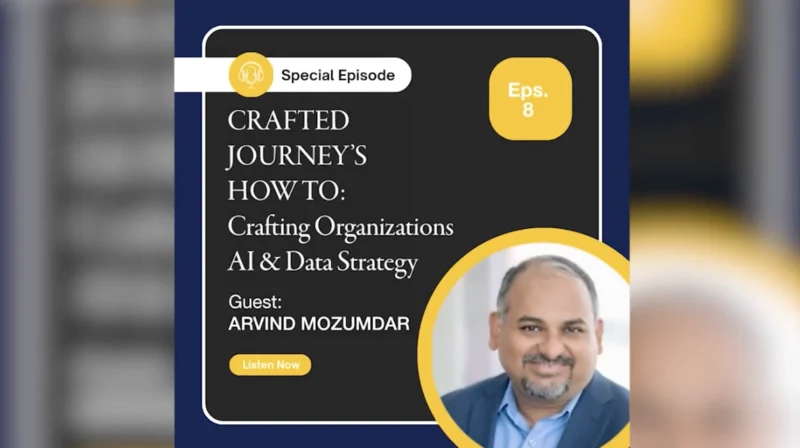A Shorter Work Week Could Look Much Different for Contractors vs. Employees
A shortened work week is gaining steam across the world, from Iceland to the US. Though most high profile debate is around standardizing a four-day work week, Bangalore fintech startup Splice wants to try something even more radical for its industry, and the global economy: a three-day work week.
For Splice, the vision for a three-day work week would include salaries at 80% the going market rate, and setting an innovative standard for work-life balance without sacrificing on KPIs and growth. The workforce dynamics of the fintech industry at large bring up some pressing factors that would define success for a shorter work week. Like 2018 reporting showed, at Big Tech leader Google, contract workers outnumbered the directly employed workforce, meaning a substantial shadow workforce lifting tech companies to success while requiring less pay, less benefits, and less direct oversight.
With important distinctions between the 1099 workforce and a salaried employee, how could a standardized three-day workweek, or even four-day workweek, impact employer distinctions between independent contractors and employees? In turn, would this impact how they invest in contract labor vs. traditionally employed labor? Lauren Blair, lawyer with AutoInsuranceEZ.com, joined us to give her take, referencing her 25 years of experience in employment law.
More from Lauren Blair:
The impacts of a shortened workweek are different for employers and workers.
The most significant impact a shortened workweek could have on employers concerns the payment of hourly wages. The Fair Labor Standards Act requires covered employers to pay their employees no less than the federal minimum wage for each hour worked, and overtime pay (typically time and a half) for every hour worked over 40 hours.
So, if an employer shifts from a five-day workweek at 8 hours a day to a four-day workweek at 8 hours a day, the employer could require the four-day employee to work up to 8 additional hours before having to pay overtime pay. On the other hand, if the employer goes from a five-day workweek at 8 hours a day to a four-day workweek at 10 hours a day, then the employee would be entitled to overtime pay for any time worked past the 10th hour of the 4th day.
From the workers’ perspective, the impact of a shortened workweek depends on whether the daily hours increase or decrease. In addition to impacting overtime pay as discussed above, it impacts the quality of life. If an 8-hour a day worker changes from a five-day 40-hour week to a four-day 32-hour week, that could mean more time for the employee to spend with family, taking care of other business, and pursuing personal wellness activities.
If, however, the worker must work 10-hours for four days, then that could cause fatigue and burnout for the worker. Studies have shown that longer workdays increase the risk of drowsy driving and places employees at risk of driving home exhausted and injuring themselves or others.
Bio: Lauren Blair is a lawyer with AutoInsuranceEZ.com. She has over 25 years of experience in employment law.






